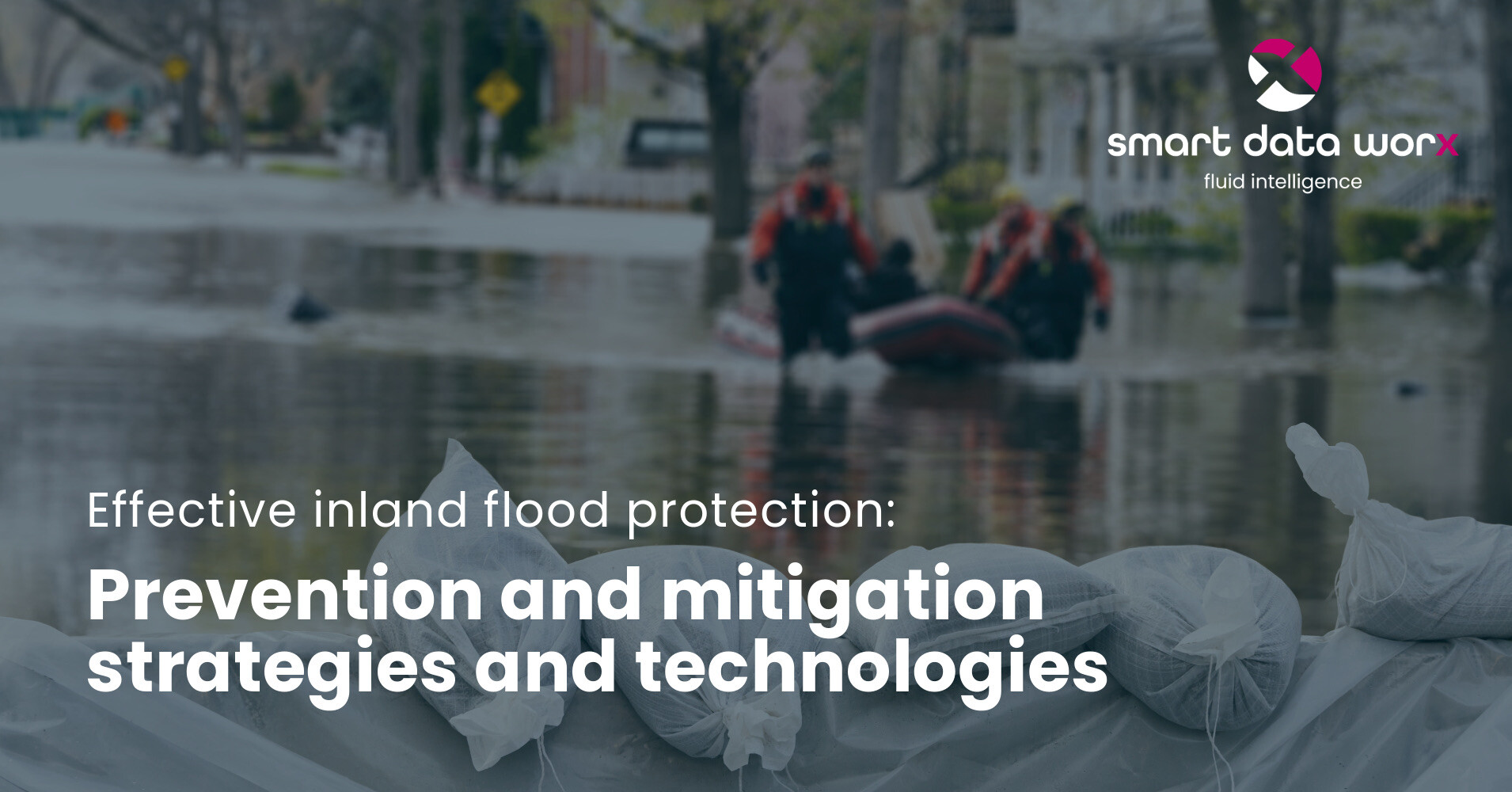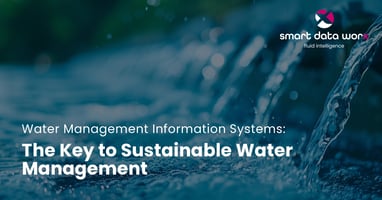Sustainable water management is one of the central challenges of our time. In light of global...
Effective flood protection in inland areas: strategies and technologies for prevention and damage minimisation

In recent years, the frequency and intensity of flood events in Germany's inland areas have increased dramatically. The climate crisis is leading to more extreme weather conditions, particularly prolonged heavy rainfall events that can cause flooding. Events such as the Christmas floods of 2023/24 in northern and eastern Germany or the flood disaster in the Ahr Valley in July 2021 show that extreme flood events are no longer events of the century. These changes are forcing us to rethink and strengthen flood protection. Effective flood protection is necessary to protect human lives and minimise economic damage. Municipalities and cities must adapt their infrastructure and take preventative measures in order to be prepared for the increasing risks. This includes not only the construction and maintenance of dykes and retention systems, but also the creation of natural floodplains that give the water more space.
Technological innovations in flood protection
Technological advances play a decisive role in modern flood protection. New technologies enable more accurate forecasting of flood events and more efficient flood management. These include modern forecasting systems based on artificial intelligence that provide early warning of impending floods.
In addition, innovative retention systems and controlled flood polders make it possible to divert large volumes of water in a controlled manner and thus reduce the impact on residential areas. Smart cities rely on the integration of sensors and data analyses in real time in order to continuously monitor water levels and initiate measures in good time in the event of danger.
Another important aspect is the use of intelligent drainage systems that use sophisticated automation systems to effectively regulate the flow of water and minimise the consumption of resources. Embedded sensor systems enable the early detection and rectification of problems such as channel blockages or damage, which has a positive impact on water quality in the long term
Digitalisation also plays a central role in modern flood protection. By implementing early warning systems based on artificial intelligence, impending damage can be identified at an early stage and addressed proactively. This not only contributes to resource efficiency, but also extends the utilisation time of infrastructure components
Combination of prevention and protection: strategies for municipalities
A successful flood protection strategy for municipalities is based on a combination of preventive measures and active protection. Preventive measures include the planning and implementation of floodplains where water can spread during floods without causing damage to infrastructure.
Municipalities should also invest in educating and training the population in order to raise awareness of flood risks and encourage people to take precautions themselves. The construction of flood protection facilities such as dykes and retention basins must go hand in hand with these precautionary measures in order to ensure a holistic protection strategy.
Furthermore, co-operation between different stakeholders plays a decisive role. Municipalities should work closely with regional and national authorities, scientists and engineers to develop and implement innovative solutions. Sharing knowledge and experience can help to increase the effectiveness of flood protection measures and strengthen the resilience of communities.
Minimising damage through sustainable infrastructure
Sustainable infrastructure is a key element in minimising flood damage. This includes designing cities as ‘sponge cities’ in which unsealed surfaces can absorb and store water. Such measures prevent water from running off uncontrollably during heavy rainfall and flooding cellars and streets.
The use of resistant building materials and the planning of buildings in flood-prone areas also help to minimise damage. Furthermore, infrastructure projects should be designed in such a way that they not only provide flood protection, but also offer ecological added value, e.g. by restoring river landscapes and natural floodplains.
In addition, sustainable infrastructure projects should promote the use of renewable energies and energy-efficient technologies. This includes the integration of solar panels, wind power and other renewable energy sources into urban infrastructure in order to reduce the ecological footprint and increase resilience to climate change and extreme weather events
Successful examples: Flood protection projects in Germany
Germany has already implemented a large number of successful flood protection projects. One outstanding example is the National Flood Protection Program, which promotes supra-regional measures to reduce the risk of flooding. These include dyke relocation, flood retention basins and the creation of controlled flood polders to create more natural floodplains.
Projects such as the ‘Lödderitzer Forst’ or the ‘Lenzener Elbtalaue’ show how the restoration and flooding of floodplains and forests can lead to significant relief during flood events. These measures not only help to reduce water levels, but also contribute to the preservation of biodiversity.
Future prospects in flood protection
Adapting to climate change and continuously improving flood protection remain key challenges for the future. The introduction of the Flood Protection Act and the implementation of the Climate Adaptation Act are important steps to better prepare Germany for extreme weather events.
In the future, it will be important to continue to drive forward technological innovations and develop sustainable, multifunctional infrastructures that serve both flood protection and environmental protection. By combining preventive measures, technological progress and sustainable infrastructures, we can significantly reduce the risks and damage caused by flood events and at the same time improve our quality of life and safety.
Conclusion
Effective flood protection in inland areas requires a holistic strategy that combines technological innovations, preventative measures and sustainable infrastructure. The climate-related increase in extreme weather events requires continuous improvement and adaptation of these measures. Successful projects in Germany show that it is possible to ensure both the protection of the population and the preservation of natural habitats through targeted measures. Through innovative, reliable and supportive action, we can make flood protection fit for the future and make our communities more adaptable.


